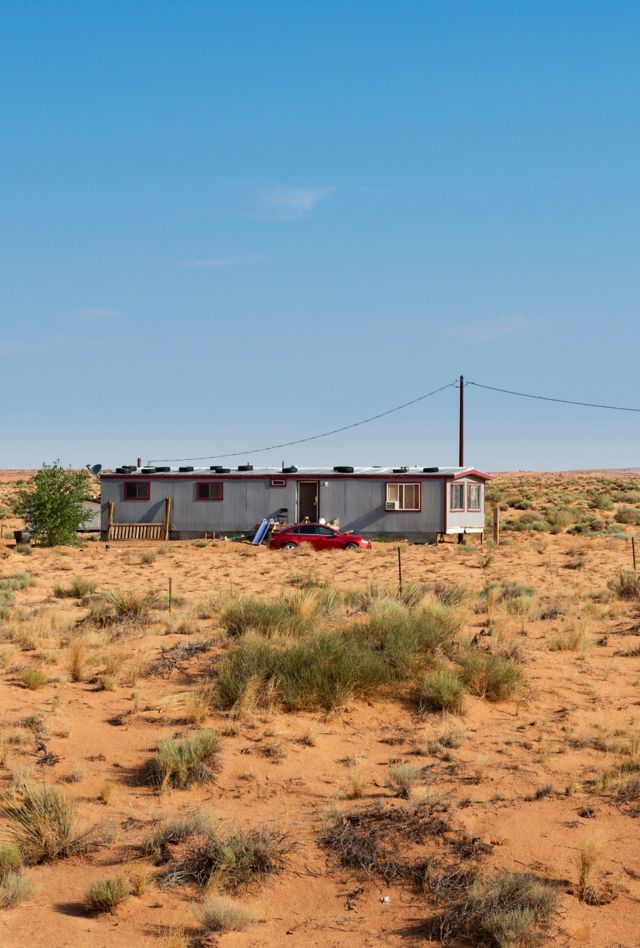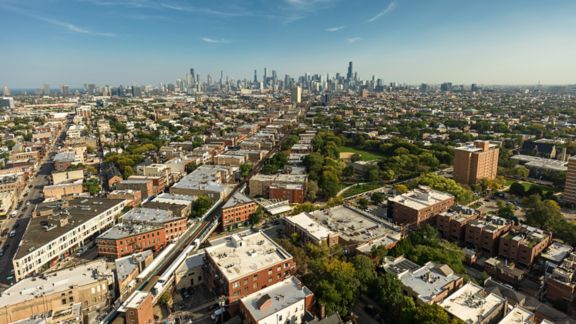Housing Needs of American Indians, Alaska Natives & Native Hawaiians

Problem
The Department of Housing and Urban Development wanted to understand housing conditions on tribal lands.
The Native American Housing Assistance and Self-Determination Act (NAHASDA), enacted in 1996, gives tribal nations primary responsibility for using federal and other assistance to address housing needs. However, for more than 15 years, the federal government lacked quality data about housing needs in Indian Country.
In 2009, Congress mandated a study in light of overcrowded, substandard living conditions in tribal areas. The mandate enabled the U.S. Department of Housing and Urban Development (HUD) to quantify housing needs and conditions in a large, multifaceted study to better understand them and use the data to inform policy.
Solution
NORC helped design and conduct a pioneering housing needs assessment that actively engaged tribal nations.
NORC supported the Urban Institute and its partners, Econometrica and Support Services International, Inc., in conducting the Assessment of American Indian, Alaska Native, and Native Hawaiian Housing Needs for HUD. Conducted from 2011 to 2016, the nationally representative study sought to understand the determinants of housing needs. The study emphasized trends in demographic, social, and economic conditions; housing conditions and needs; and housing policies and programs, focusing on the role of the Native American Housing Assistance and Self-Determination Act (NAHASDA) of 1996.
NORC led multiple components of the study:
- Developing and piloting the questionnaire
- Developing tribal-specific sample frames and selecting representative samples of housing units in tribal areas
- Enumerating tribal lands
- Obtaining research approvals from 38 tribal nations, including tribal councils, IRBs, and research review boards
- Conducting primary data collection through an in-person survey and telephone survey
- Creating analytic files
- Conducting a disclosure review
NORC also participated in the HUD/Tribal Leader Consultations, Expert Panel proceedings, and HUD briefings.
The housing assessment featured the first nationally representative survey of American Indian and Alaska Native households in tribal areas. Extensive outreach, relationship building, and observance of tribal sovereignty and research regulations were essential to the design and implementation of the study. As part of that effort, NORC recruited, hired, and trained tribal members across Indian Country to conduct 1,340 in-person interviews in 38 tribal areas, ensuring they were done in a responsive manner and respecting tribes’ request to build capacity for survey research.
NORC also conducted a nationally representative telephone survey of 110 Tribal Housing Offices and Tribally Designated Housing Entities (TDHEs) that administer the Indian Housing Block Grant program under NAHASDA. In addition, NORC researchers participated in multiple site visits with the study team and conducted key informant interviews with TDHE directors, staff, elected tribal leaders, tribal housing officials, and community leaders to gain a richer understanding of housing needs and conditions in 22 tribal areas.
Finally, NORC conducted a household survey of 500 Native Hawaiians that were on a waiting list for housing on Hawaiian Homelands.
Result
Findings depict the extent of housing needs and the urgency to address them.
- Housing conditions vary by region but are substantially worse overall among American Indian and Alaska Native households in tribal areas than among all U.S. households, with overcrowding being especially severe.
- Physical deficiencies in plumbing, kitchen, heating, electrical, and maintenance issues were found in 23 percent of households in tribal areas, compared to 5 percent of all U.S. households.
- Overcrowding coupled with another physical condition problem was found in 34 percent of households in tribal areas, compared to 7 percent of all U.S. households.
- The percentage of households with at least one “doubled-up” person staying in the household because they have nowhere else to go was 17 percent, estimated to be up to 84,700 people.
Data from the national survey was supplemented with Census and American Community Survey data, the TDHE survey, site visits, a study of urban Indians, and a study of barriers to tribal mortgage lending to provide a comprehensive understanding of housing needs. Findings from this landmark study have informed federal initiatives to fund tribal efforts to expand affordable housing and improve housing conditions and infrastructure.
Related Tags
Project Leads
-
Carol Hafford
Senior FellowProject Director -
Steven Pedlow
Principal StatisticianSenior Staff








